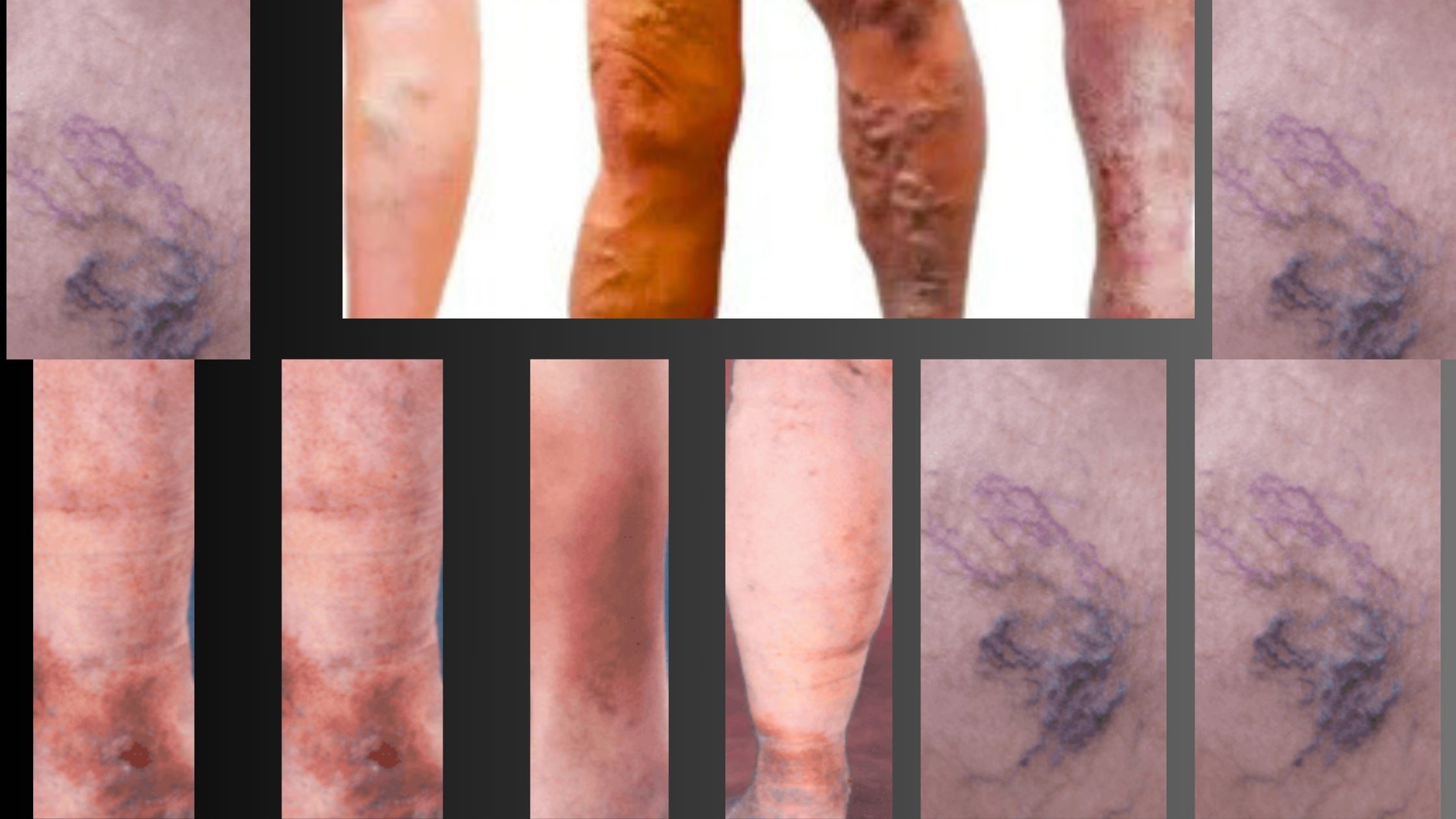Venous stasis ulcers, also called varicose stasis ulcers, are painful, open wounds that usually develop at the bottom of the legs due to poor blood circulation. These old wounds are often associated with venous insufficiency, a condition where veins struggle to return blood to the heart.
The article examines the stages of venous stasis ulcers, their symptoms and effective treatments, including leg ulcers early stages treatment and leg skin ulcer treatment, to help the affected people manage the situation and improve their quality of life.
What Are Venous Stasis Ulcers?
Venous stasis ulcers are a complication of CVI, in which damaged veins are unable to circulate blood properly, causing blood to pooling in the lower legs. This increased pressure causes damage to the skin and underlying tissues, resulting in varicose leg ulcers.
These ulcers are common in aged people, especially in those who have had a history of varicose veins, DVT or standing/sitting for a long time. Understanding the stages of venous stasis ulcers is important for early intervention and preventing serious complications.
Stages of Venous Stasis Ulcers
Venous stasis ulcers progress through different stages, each of which has specific symptoms and treatment needs. Identifying these steps can help manage the initial leg ulcers early stages and prevent the situation from deteriorating.
Stage 1: Pre-Ulceration (Skin Changes)
In the leg ulcers early stages, there is no open wound, but the initial symptoms of damage due to poor blood circulation on the skin appear. Common symptoms include:
- Skin Discoloration, Thickened Skin
- Swelling (Edema)
- Itching or Burning
In this state, prompt intervention is extremely important to prevent formation of ulcers. Leg ulcers early stages treatment focused on improving blood communication and safety of skin.
Stage 1 Treatment
- Compression Therapy (CS)
- Elevation, Exercise
- Moisturizing
Stage 2: Early Ulceration
In step 2, small, shallow wounds begin to form when the skin is damaged. These early varicose stasis ulcers are usually superficial, and affect only external layers of the skin. Symptoms include:
- Small Open Sores: Shallow wounds with a red or yellowish base.
- Mild Pain or Discomfort: This area can feel sensitive or painful, especially when touching.
- Increased Swelling: Swelling may deteriorate, which can worsen the skin.
- Weeping Skin: Clean or slightly bloody fluid may leak from that area.
Treatment for Stage 2
- Wound Cleaning: To prevent infection, clean the ulcers with salt water or light soap gently.
- Topical Treatments: Use creams (medicated) or ointment prescribed to promote healing and reduce inflammation.
- Compression Bandages: Multi-layer compression strips (bandages) for active ulcers are more effective than stockings, as they provide target pressure to reduce inflammation and support healing.
- Medical Evaluation: Consult a healthcare provider to assess ulcers and remove the likelihood of infection.
Stage 3: Advanced Ulceration
In step 3, the ulcer becomes large, deep and more painful. The wound can spread to deep layers of the skin and the underlying tissues, increasing the risk of complications. Symptoms include:
- Larger, Deeper Wounds: The edges of the ulcer can be irregular and its base can be yellow or brown.
- Foul Odor: Infection may cause bad odor, especially if the wound is not properly cleaned.
- Increased Pain: The pain becomes more intense, especially during speed.
- Infection Signs: Redness, warmth or pus can be a sign of infection, which requires immediate attention.
Stage 3 Treatment
- Debridement: To promote healing removal of dead tissue by a healthcare professional.
- Antibiotics: If the infection exists, oral or topical antibiotics can be prescribed.
- Advanced Dressings: Special dressing, such as hydrocolloid or foam dressing, keeps the wound moist and safe.
- Compression Therapy: Continuous use of compression bandages to control inflammation and help in healing.
- Pain Management: OTC or prescription pain relief may be necessary.
Stage 4: Chronic or Non-Healing Ulcers
Step 4 shows severe, chronic varicose leg ulcers that are not cured despite treatment. These ulcers can persist for months or years, often due to underlying conditions such as severe CVI or untreated infection. Symptoms include:
- Large, Deep Wounds
- Chronic Pain
- Frequent Infections, Scarring
Treatment for Stage 4
- Surgical Intervention: Procedures like skin implant or vein surgery may be needed to promote healing or remove underlying venous problems.
- Advanced Wound Care: Hyperbaric oxygen therapy or bioengineered skin replacement can be considered.
- Long-Term Compression: To prevent recurrence, lifelong compression therapy may be required.
- Multidisciplinary Care: Specialists team, including vascular surgeons and wound care experts, may be involved.
Causes and Risk Factors
Venous stasis ulcers are primarily caused by chronic venous insufficiency, which can result from:
- Varicose Veins
- DVT, Obesity
- Prolonged Standing/Sitting
- Age and Gender
Prevention Tips Venous Stasis Ulcers
Preventing leg ulcers early stages involves addressing risk factors and promoting healthy circulation:
- Wear Compression Stockings, Stay Active
- Maintain a Healthy Weight
- Avoid Prolonged Immobility
- Monitor Skin Changes
When to Seek Medical Help
If you see symptoms of leg ulcers early stages, such as constant inflammation, skin discoloration or small wounds, consult a healthcare provider immediately. Early intervention can prevent the disease from reaching a critical condition. If you see the following symptoms, take immediate treatment:
- Inflammation and severe pain
- Infection signs like (redness, warmth, pus, or fever)
- Few weeks wounds that does not heal
Conclusion
Venous stasis ulcers, or varicose stasis ulcers, are a serious complication of poor venous circulation, which ranges from skin changes to old (chronic) wounds, passes through various stages. By recognizing the leg ulcers early stages and starting leg ulcers early stages treatment, the results can be significantly improved. With proper leg skin ulcer treatment, including compression therapy, wound care, and lifestyle changes, most ulcers can heal, and recurrence can be prevented. If you suspect you have a venous stasis ulcer, consult a healthcare professional for a tailored treatment plan to restore your leg health and enhance your quality of life.
